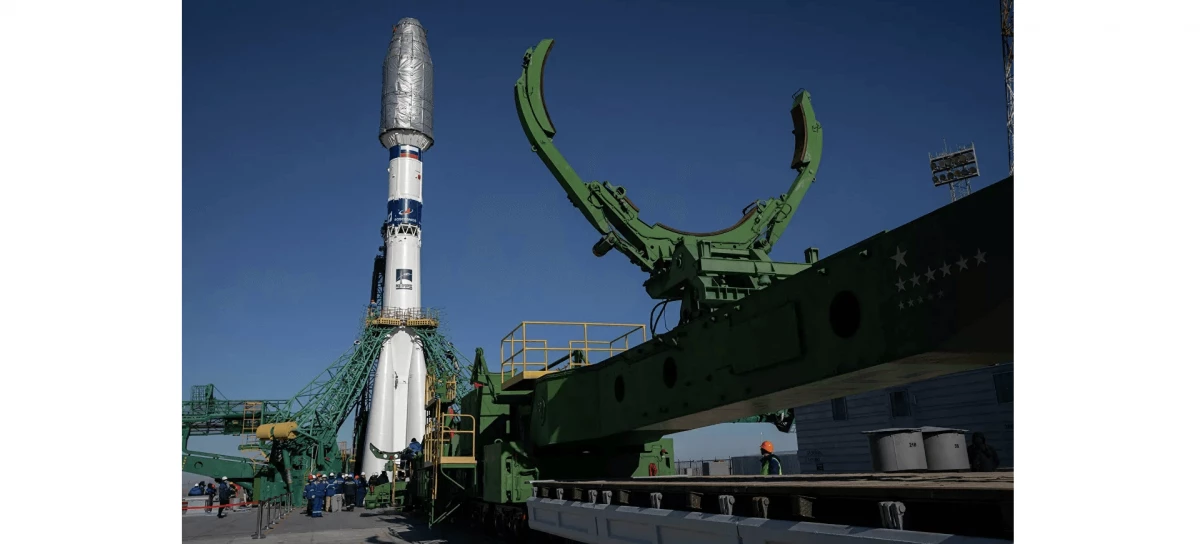
Baikonr. 20th of March. KazTAG - from the launcher No. 6 of the site No. 31 of the Baikonur cosmodrome launched the Soyuz-2.1a rocket with the South Korean Space Apparatus of the CAS500-1 Earth Sensing and 38 small satellites of associated payload from 18 countries, KazTag reports.
For the first time in many years, the "Union" launch vehicle changed the color gamut. At the initiative of the company "Glavkosmos, launchers" former gray-orange painting of the rocket hull changed a white-blue color combination. Corporate bright blue color in the color of the rocket will be used in future start-up projects of the company "Glavkosmos launcher".
The separation of the cosmic head with an overclocking side "frigate" from the third stage of the carrier rocket is planned after 528.7 seconds after the start. In the future, with the help of two inclusions of the RB "Frigate" after 1 hour and 3 minutes 45.94 seconds, the CAS500-1 spacecraft first was removed into the orbit of the department. Next, with the help of two inclusions of the RB "Frigate" after 2 hours 28 minutes 20 seconds, the first batch of associated payload satellites will be displayed in orbit. Then after 4 hours 6 minutes 40 seconds after starting after the next two inclusions of the "frigate" RB, the second cluster part of the cluster with associated payload will be withdrawn into the separation orbit.
CAS500-1 and CAS500-2 launch contracts were signed in 2017 between the company "Glavkosmos" (included in the state corporation "Roscosmos"), a subsidiary of Glavkosmos launchers with the Korean Institute of Aerospace Research (KARI) on the launch of the CAS500 satellite -1 and with the company "Corey Aerospeas Industries, Limited" (KAI) on the launch of the CAS500-2 satellite.
The CAS500-1 and CAS500-2 CAS500-1 are satellites of the remote sensing of the Earth (ZDZ) and are designed to obtain images in the panchromatic and multi-spectral modes using the useful load of AEISS-C (advanced high-resolution SDP compact system).
The mass of the CAS500 is 500 kg, the device will be launched in orbit with a height of 500 km, from where it will send a high-precision video of the surface of the Earth, intended, including to combat natural disasters.
The rocket was to start on March 20, but the launch was postponed on March 22 for technical reasons.
